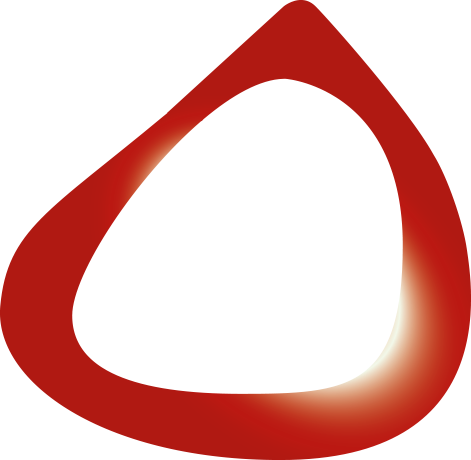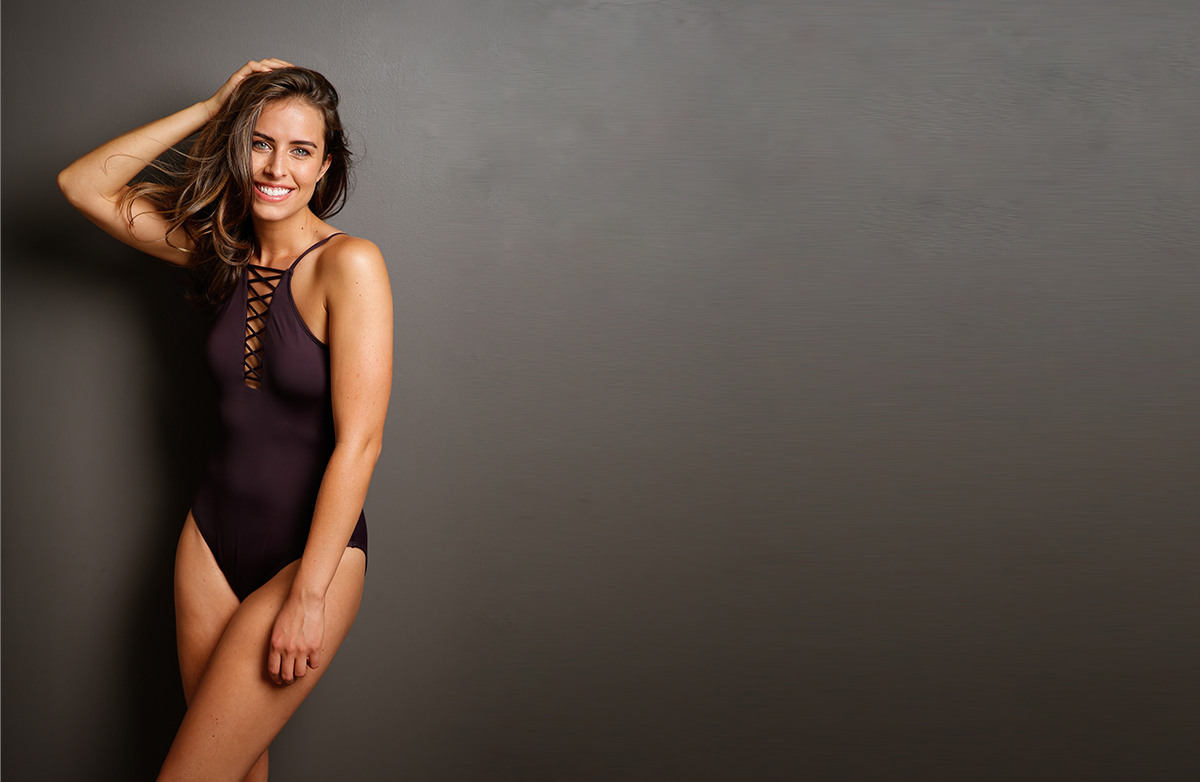Stretch marks on the skin are long, narrow streaks, stripes, or as the term implies, lines that grow on the surface of the body with a whitish tinge.
It is the result of abrupt stretching or pulling of the skin, which when present tears the middle layer of the skin leaving stretch marks.
This type of scarring occurs when the skin cannot usually come back after a large or abrupt increase in body weight, such as during pregnancy for example, or even from extreme weight loss, after dieting or weight loss surgery.
Initially the stretch marks have a slightly red or purple hue (the so-called "recent stretch marks") and then they fade, leaving the streaks in white-silver color.
Stretch marks are considered skin scars or deforming wounds, characterized by weakening or degeneration of the skin in the outer layer of the skin.
The causes are many and varied:
- Puberty. The body undergoes rapid growth cycles during adolescence, which can cause stretch marks on boys 'shoulders and backs and on girls' thighs, hips and chest.
- Sudden weight gain. Stretch marks occur when there is weight gain in a short period of time or when athletes' muscle mass increases.
- Pregnancy. Stretch marks are a common phenomenon in the later stages of pregnancy, their appearance depends on the type and elasticity of the skin. Stretch marks then appear on the abdomen more often and sometimes on the thighs and chest.
- Medical Diseases - Corticosteroid Drugs. Medical conditions such as Cushing's syndrome and Marfan syndrome can cause stretch marks. Stretch marks appear in a large number of syndromes (e.g. Down Syndrome) and inherited diseases that have to do with the mutation of proteins that affect the elasticity and firmness of the skin. Sometimes prolonged or inappropriate use of corticosteroid creams and lotions used to treat eczema or other skin conditions can cause stretch marks due to a reduction in the amount of collagen in the skin. Advanced faded stretch marks are a type of scarring caused by the loss of collagen and the loss of elastic fibers in the skin dermis.
Treatment
No matter what caused your stretch marks, laser removal is an advanced treatment that can help you have the smooth skin you desire.
It is a non-surgical approach to improve stretch marks with fairly tolerable treatments that require little or no recovery time.
The most important thing for the best treatment is that the earlier they start, the better the results will be.
A new method, using fractional laser treatments, offers a new approach to treating stretch marks.
Hundreds of laser targets can be achieved per square centimeter. This creates tiny sores.
The body responds to each treatment by producing new collagen and epithelium, leaving healthy skin between the photo-degraded areas and offering faster healing with the lowest risks.
Another innovative method in the fight against stretch marks is Platelet-Rich Plasma, ie with plasma rich in platelets from the patient himself, which takes advantage of the growth factors present in the platelets.
Growth factors are proteins with regenerative and restorative properties that exist in our body.
In the fight against PRP stretch marks, activated platelets enhance the repair of damaged tissues by activating stem cells
In the fight against stretch marks, growth factors are injected under the skin with injections.
Many other skin stretch marks treatments have been suggested.
They promise to improve the existing stretch marks, but their result is not satisfactory. There is no surgical treatment for stretch marks separately, with the exception of abdominoplasty, where there is removal of excess skin along with stretch marks especially after childbirth.
It is worth mentioning that no cream can treat stretch marks as they only act on the skin and are not deeply absorbed.





